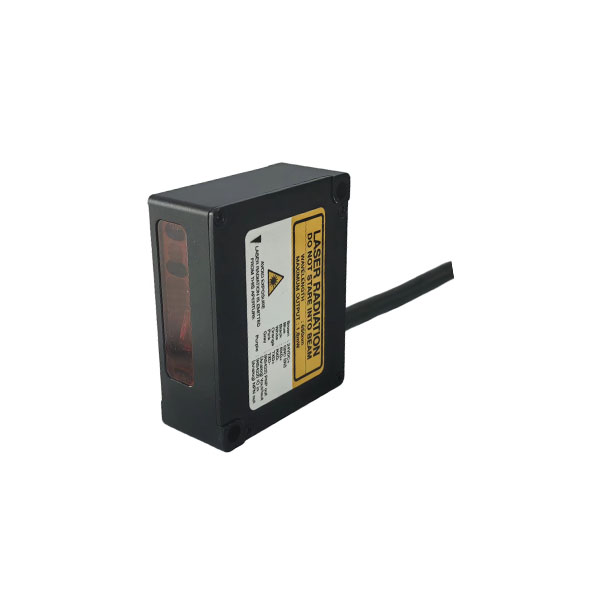Laser displacement sensor with triangulation principle
Senyd laser displacement sensor with the principle of triangulation use a laser beam to illuminate a target object and a sensor to detect the reflected light. The sensor measures the position of the reflected laser beam on a detector, and based on this information, calculates the distance between the sensor and the target object.
triangulation principle laser displacement sensor allows for highly accurate and precise distance measurements, making it a popular choice for applications where precise positioning and measurement are required.



